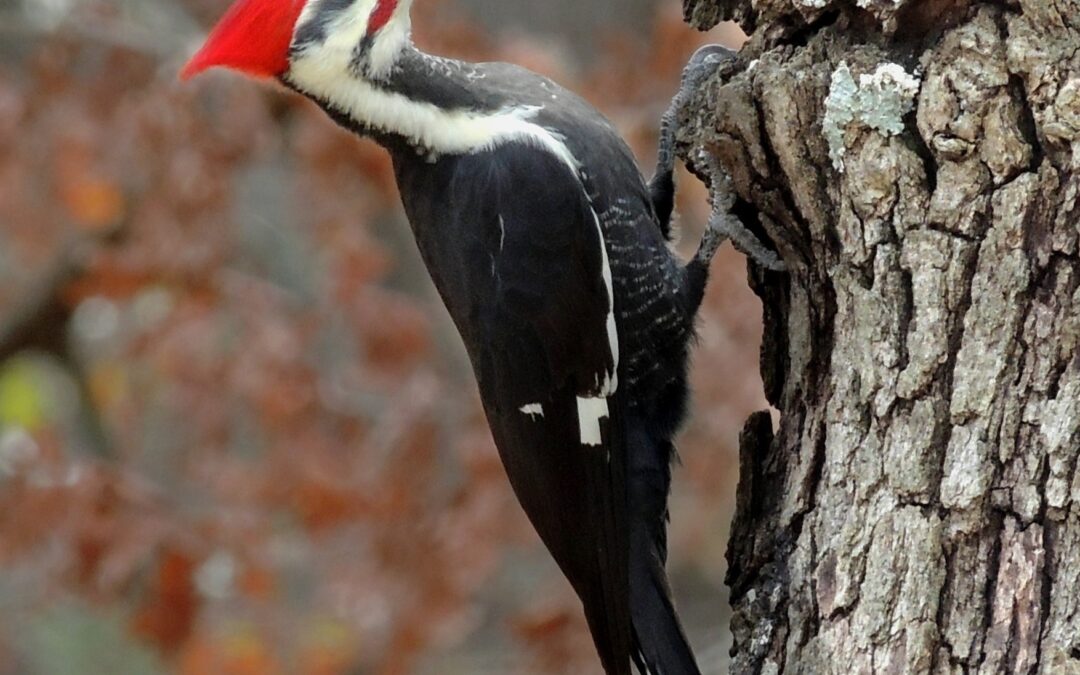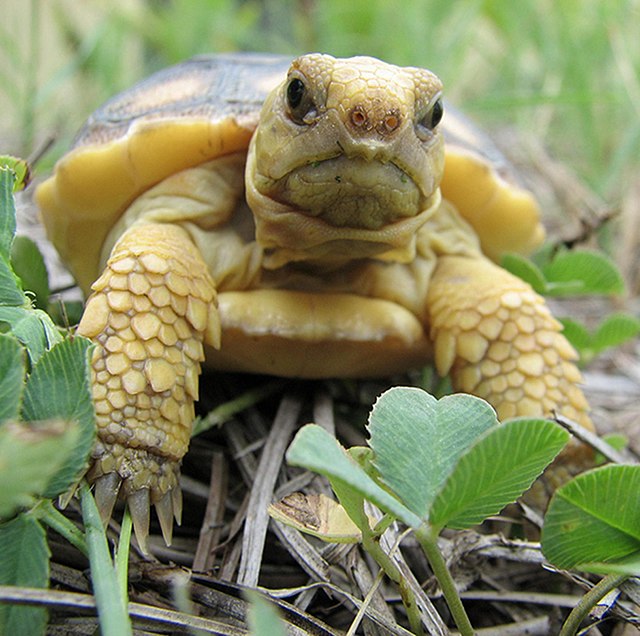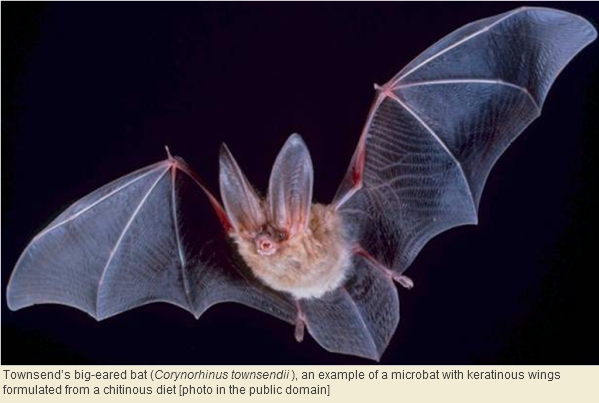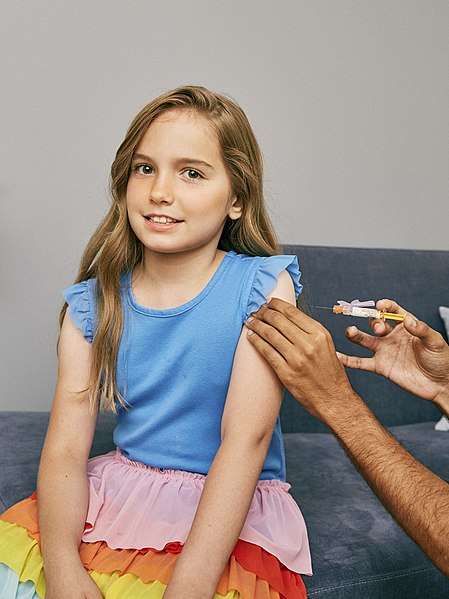
by BioEdge | Jun 15, 2020 | Biobullets
Despite its apparent abundance of ants, Australia is devoid of all woodpeckers. One real reason is that even the most conspicuous ants can be unproductive. Prof. Mumblebard claims: “The reason there are no woodpeckers in Australia is that these birds were unable to...

by BioEdge | Jun 15, 2020 | Biobullets
Zanthoxylum Clava-herculis © Wikimedia Commons Certain plants, like Zanthoxylum above (Wikipedia Commons), have seeds dispersed by animals without the usual rewards of sugary fruit-pulp or oily arils. The real payment is vital although it seems intangible. Prof....

by BioEdge | Jun 15, 2020 | Biobullets
Baby gopher tortoise (Gopherus polyphemus) © Chris Potin, via Wikimedia Commons Testudines failed to colonise dry land on the world’s largest island because of its combination of salt and fire. Prof. Mumblebard claims: “Australia is the only vegetated continent...

by BioEdge | Jun 15, 2020 | Biobullets
The apparent failure of bats to fill empty niches in New Zealand is owing to the ecological unsuitability of these islands for mammals. Prof. Mumblebard claims: “Bats didn’t evolve to fill flying or flightless niches in New Zealand because birds pre-empted them.”...

by BioEdge | Jun 15, 2020 | Biobullets
Young girl about to receive a vaccine in her upper arm © Heather Hazzan Vaccination prevents epidemics by boosting immunity, but vaccinated populations of humans and the domestic dog experience excessive immunity in the form of allergies and anaphylaxis. Prof....

by BioEdge | Jun 15, 2020 | Biobullets
Rakali (Hydromys chrysogaster) © ZooPro, via Wikimedia Commons The absence of gopher-like mammals in Australia is not owing to genetic constraints because this continent has produced moles and fossorial large herbivores from marsupial stock, and an amphibious...







